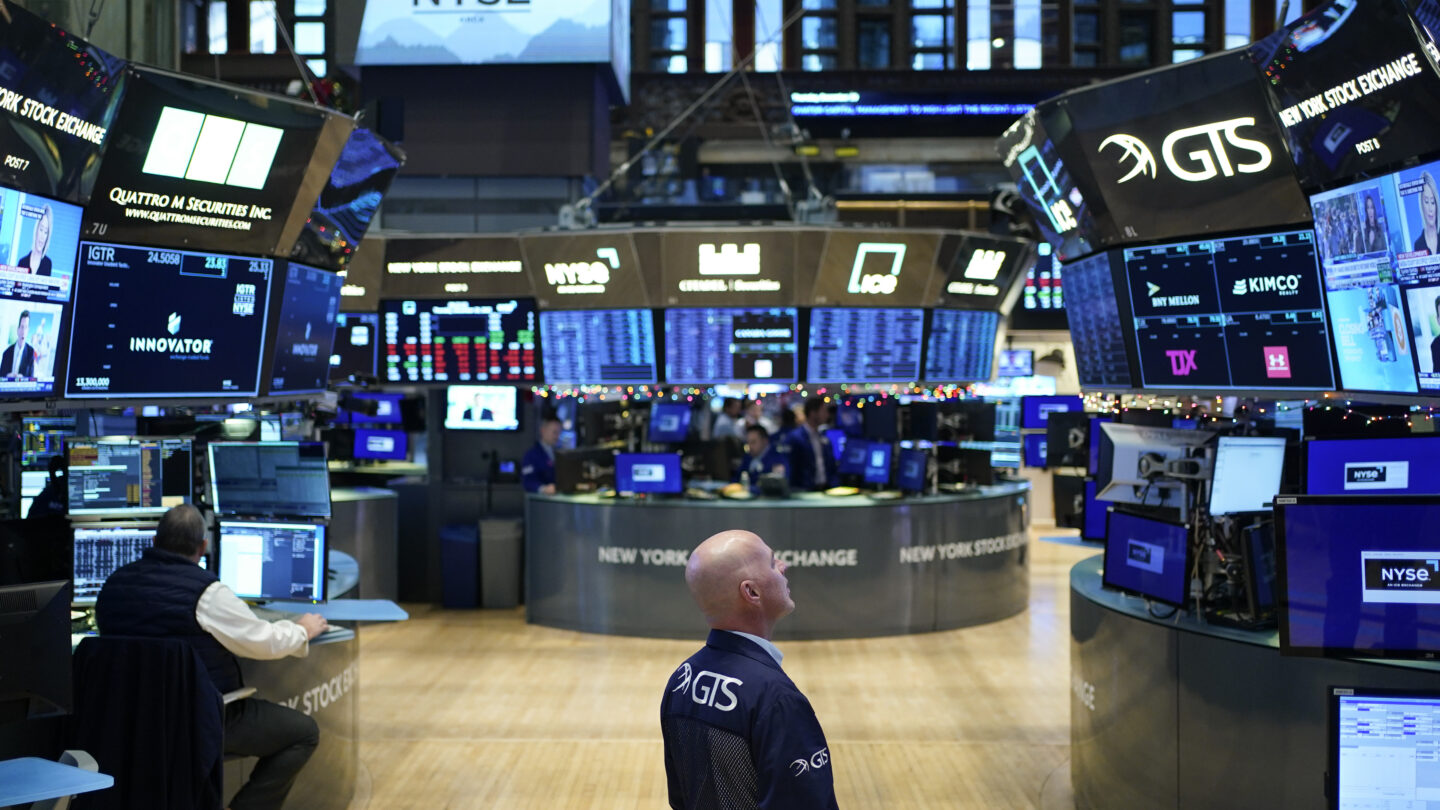Recession forecasting is challenging. As we have seen with the crisis in Ukraine and COVID-19, there are simply too many unpredictable, volatile variables that can cause even the most well-respected economists’ predictions to go awry. And as strategist Albert Edwards of the French investment bank Société Générale recently noted: “History shows that, to the (limited) extent economists do actually predict a recession, its tardiness usually means they give up waiting just at the point it arrives.”
Despite the U.S. economy’s continued resiliency, the experts at Deutsche Bank are sticking to their forecast of a recession. The 153-year-old German institution’s analysts were the first big investment bank to predict a U.S. recession back in 2022, and they have stayed to their guns this year, foreseeing yet another unpleasant and inescapable American “boom and bust cycle.”
A team from Deutsche Bank led by Jim Reid, head of global economics and thematic research, earlier this month examined 34 U.S. recessions going back to 1854 to find trends in economic history as support for their forecast. The study’s findings were utilised by the group to highlight four important macroeconomic factors that have historically sparked recessions: sharply rising short-term rates, soaring inflation, yield curve inversions, and oil price shocks.
Reid and his team determined a historical “hit ratio” for each trigger, or the proportion of times that these occurrences resulted in a recession. They discovered that while no single macroeconomic trigger can reliably forecast a recession, the four that are most frequently linked to them are all currently in play.
In a follow-up analysis of the study published on Thursday, Reid concluded that “it is impossible to accurately predict every recession using macro triggers.” The U.S. has historically tended to be more sensitive to these, but it’s fair to argue that the most important ones (triggers) have been violated this cycle.
Here are some of the recession indicators used by Deutsche Bank, along with their “hit ratios” for making such predictions.
First and foremost, increasing interest rates have a negative impact on economic growth because they make borrowing more expensive for people and businesses, which frequently triggers recessions. According to a study by Deutsche Bank, the United States has had a recession within three years about 69% of the time since 1854 when short-term interest rates have increased by 2.5 percentage points over a 24-month period.
The Federal Reserve has raised the Fed funds rate by about 5.2 percentage points over the last 18 months in a bid to rein in inflation. This has historically not resulted in a positive outcome for the economy, as Deutsche Bank’s report showed.
In his analysis of the data on Thursday, Reid noted that “the U.S. seems to have the most sensitivity to interest rates,” adding that “the U.S. cycle has historically been more boom-and-bust than others in the G7.”
In June 2022, inflation shot up to a four-decade peak above 9%, but it has since fallen to a much milder 3.7%. The American economy hasn’t historically done a good job of handling inflation rises. A recession has occurred within three years 77% of the time since 1854 when inflation has increased by three percentage points over a 24-month period.
Reid noted that Germany, France, and the U.K. all have lower hit ratios when it comes to high inflation triggering recessions. The U.S. economy, however, “seems to have the most sensitivity to inflationary spikes,” Reid said.
Because investors are taking on more risk by leasing their money out for a longer length of time, the yield on long-term bonds is often higher than the yield on short-term bonds. But occasionally, that formula can change for a number of reasons. A yield curve inversion occurs when this takes place and short-term bonds wind up yielding higher than long-term bonds.
Since July 2022, U.S. Treasury bonds have been inverted, which historically hasn’t been a healthy indicator for the economy, according to Deutsche Bank. “On yield curve inversions, the U.S. again has the highest hit ratio at 74.1%,” said Reid. “And that rises to 79.9% when only considering the time since the 1953 recession.”
Since June, the price of Brent crude oil has increased by around 33%, reaching over $95 per barrel. As a result, many analysts worry that the Federal Reserve may not have anticipated how difficult it would be to control inflation.
However, Deutsche Bank discovered that, at least in the United States, shocks to the price of oil have a lower propensity to predict recessions than other macroeconomic triggers. The United States has historically experienced a recession 45.9% of the time when oil prices have increased 25% during a 12-month period. A recession only happens 48.2% of the time, even when oil prices rise 50% over a two-year period.

